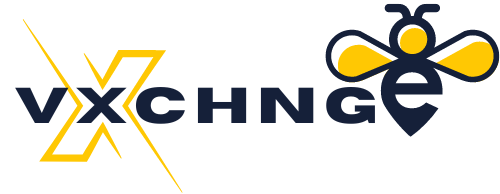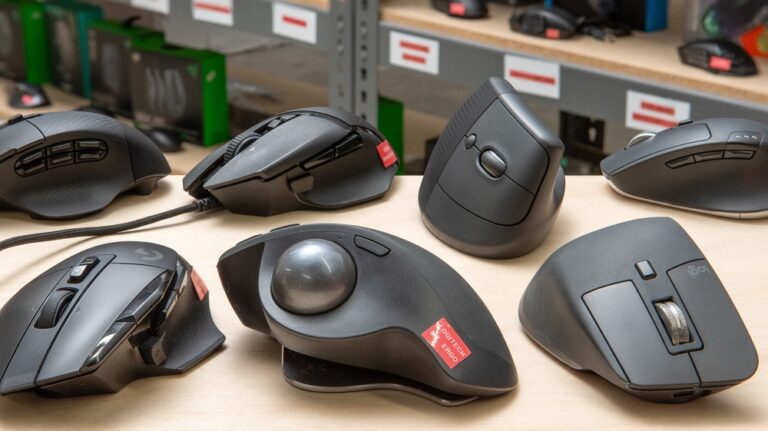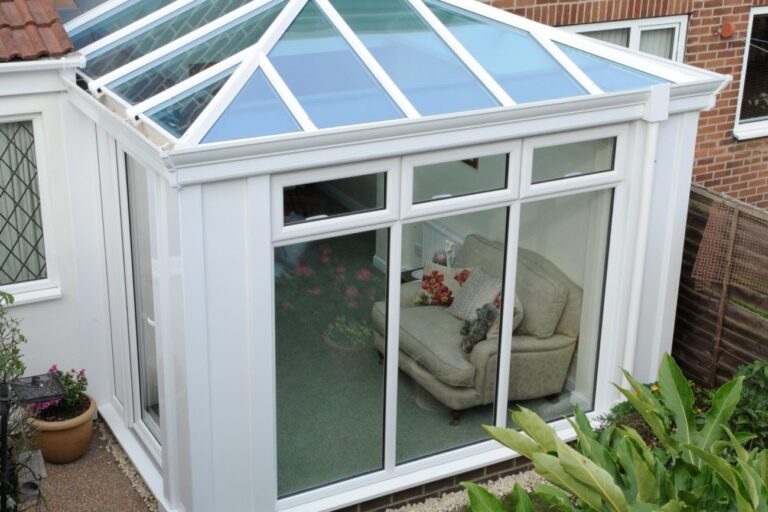Technology has transformed nearly every commercial industry during the 21st century through increased connectivity and automation. The Internet of Things (IoT) in particular, which links physical devices to online networks, continues opening doors to boost efficiency. Companies now have more control and visibility over assets, supply chains, facilities and data insights than ever before.
Nevertheless, for leaders overwhelmed with managing present needs, planning a coherent long-term IoT strategy may seem daunting. The people at Blues IoT Solutions say that prioritizing incremental upgrades and pilots using wireless IoT devices can pave the way towards smarter facilities and enhanced performance.
Start by Identifying Your Pain Points
The first step towards technology integration is honestly evaluating current procedures with fresh eyes. Where do workflows seem excessively wasteful regarding time, labor, materials, or expenses? Does communication between teams, shifts, or regional offices have gaps? Have recent incidents revealed vulnerabilities like inadequate security, disaster backup systems, or quality control checks? Compiling exhaustively researched answers through methods like anonymous staff surveys pinpoint where connectivity and automation could boost efficiency.
If overstretched human resources currently inhibit data gathering and root cause analysis, this represents a prime scenario for wireless IoT assistance. Small internet-enabled sensors installed on equipment, shipment containers, or company vehicles can cheaply collect oceans of previously hidden analytics. Centralized software dashboards synthesize findings into digestible reports, perfect for exposing costly chokepoints.
Having granular visibility of workflows via sensors and algorithms highlights ways smarter technology can fill labor gaps currently driving avoidable overhead waste every year. These revelations provide a solid basis for making smart upgrades focused on key problems, instead of haphazardly adding new features.

Start Small with Targeted Pilots
Upon identifying key trouble spots through analytics, companies may feel tempted to suddenly overhaul everything simultaneously. A few pilot IoT projects will provide valuable lessons before committing millions to a company-wide implementation.
Most platforms allow flexibility so various wireless IoT devices and dashboards can be integrated smoothly as needed over time. For example, a campus struggling with managing energy costs could initially install smart thermostats in one recently remodeled office area to optimize heating and cooling usage based on live occupancy readings. Utilities consumption could be compared over ensuing months against a control floor lacking automation to gauge savings accurately.
Likewise, an international retailer challenged with inventory visibility across a complex supply chain might test end-to-end shipment tracking on solely Asian imports destined for California warehouses during Q1. Software analytics would then assess if the granular cargo data reduces product shortages or spoilage issues that plagued past holiday sales quarters compared to previous years lacking IoT sensors.
Successful small pilots demonstrating hard cost reductions or productivity gains make expanding IoT capabilities company-wide easier to justify in stages. And the incremental approach allows reassessing strategy based on latest industry developments before doubling down across the board prematurely.

Leverage New Possibilities for Customer Experiences
Aside from enhancing internal procedures, IoT connectivity also grants innovative ways to boost external customer satisfaction and engagement. As consumers expect more convenient, personalized and reactive relationships with brands, connected sensors and automation increasingly underpin those next-level service offerings in competitive markets.
For example, insurers can deploy wireless IoT smart home kits to policyholders comprising internet-linked smoke detectors, security cameras and motion sensors. This allows preventatively monitoring threats remotely like leaks or frozen pipes that might cause catastrophic claims if unaddressed. Alert notifications then dispatch preventative maintenance to properties before real damage even occurs. The proactive loss prevention improves customer safety while also lowering payouts for the insurance company over time.
Similarly, participating hotel guests could wear AI-powered bracelets or keycards to monitor stress levels in areas like casinos and poolside lounges. Automated drink delivery notifications might then offer free refreshments to patrons displaying dehydration warning signs before they even feel thirsty and walk away. These kinds of highly personalized IoT anticipations wow patrons. And the subtle nudges ultimately boost incremental sales that add up significantly over months and years.
The key is having reliable connectivity and computing infrastructure to actualize innovative ideas as they arise. Every industry will have unique ways wireless IoT devices could take customer satisfaction to new heights if an open-minded strategy cultivation persists.

Remain Proactive, Adopting Improved Technology
Finally, after activation of a few targeted IoT capabilities, companies should resist complacency even if immediate operations show improvement compared to past years. The long runway of 5G and IoT network expansion means equipment, software analytics, and possibilities will continue advancing rapidly. Maintaining a proactive approach ensures your solutions integrate new innovations rather than stagnating around soon-obsolete launches from yesteryear.
Plan to reassess connectivity infrastructure every 18-24 months as faster transmission protocols, enhanced analytics, or merged platforms arrive to the market. Are there newer sensors or edge computing resources that could unlock better visibility or automation for priorities identified in initial pilots? Stay educated on emerging trends through tech conferences and industry events. Having personnel represent your unique problem set on panels or standards-setting bodies ensures products evolving through the IoT ecosystem do not overlook niche needs in your vertical.
While presently dealing with immediate deadlines, also make efforts to give high performers stretches of uninterrupted time for researching future applications related to your operations. Developing subject matter expertise across electrical, software, and data science disciplines prepares innovative concepts for seamlessly harnessing paradigm shifts down the road. Having your best minds already familiar with up-and-coming technology makes adopting the latest industry 4.0 advancements through IoT methods far less jarring as they release year-to-year.

Conclusion
Modernizing business operations with expanded IoT connectivity and computing power need not overwhelm companies struggling with present challenges. Starting small via targeted pilots around identified pain points enables the safe evaluation of new technology while still managing current obligations.
Maintaining this proactive orientation promises smoother transitions towards smarter facilities and enhanced customer experiences as transformative change accelerates industry-wide in the coming years. With effective planning now and incremental integration moving forward, the benefits of increased connectivity and automation are clearly within reach for enterprises both large and small seeking to unlock new levels of efficiency.








